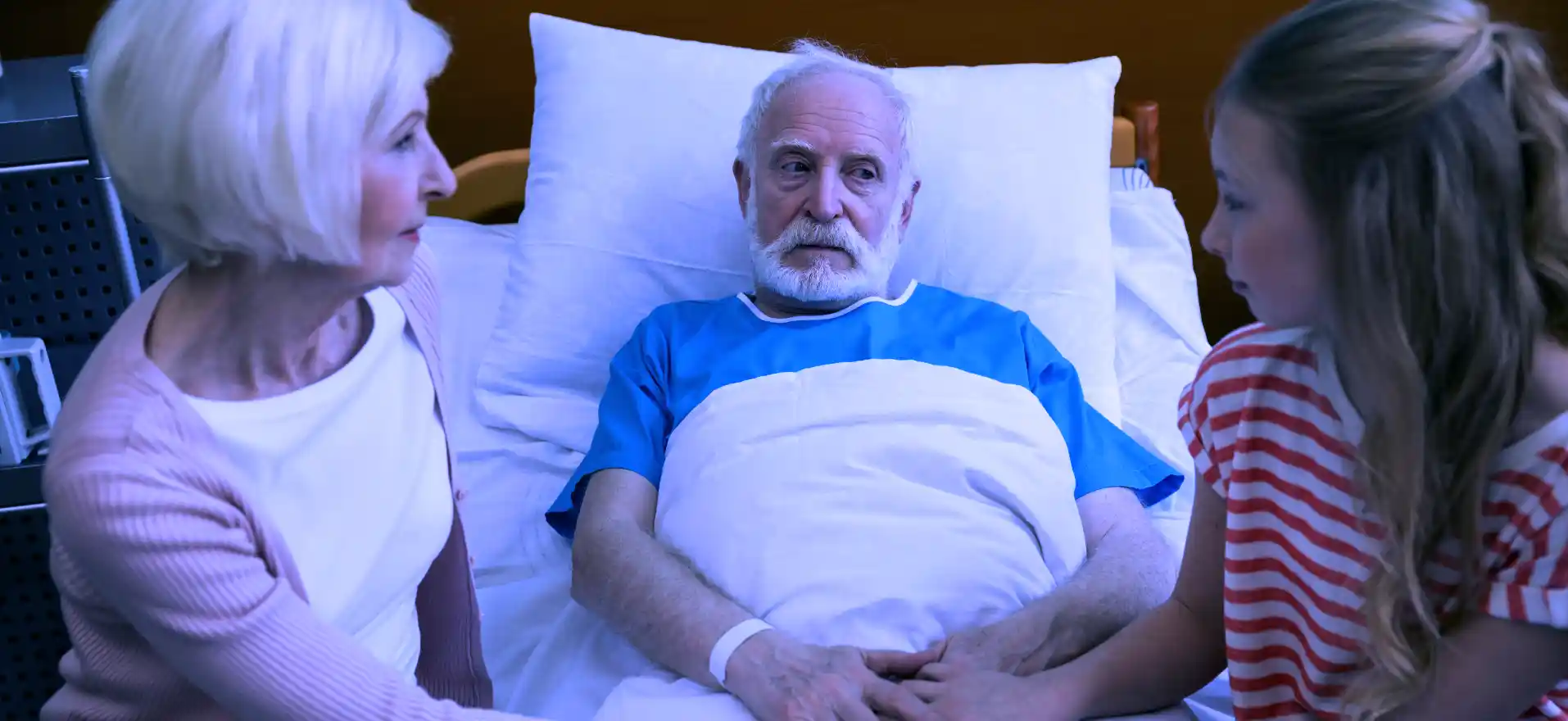Liability mitigation is essential for senior living facilities

The senior living industry is under the microscope as more and more people are affected by COVID-19. With two million of America’s most vulnerable people currently in senior living facilities and nursing homes, it is essential that the industry looks seriously at liability mitigation.
Despite generating almost $132 billion in revenue, the senior living industry’s challenges were steadily increasing even before the pandemic. Starved of cash, unprofitable facilities have been cutting back on costs for some time, including staff. They were clearly ill-equipped to deal with the additional overheads brought about by the COVID-19 crisis.
While the actual number of COVID-19 deaths in senior living facilities is still unclear, the protocols forced on facilities through the pandemic may prove to be as much a source of litigation as deaths and illness from the virus itself.
Overworked staff forced to adhere to a whole new set of protocols were simply unable to give patients the same level of care and attention as they had previously. And lapses in monitoring patients has led to the largest amounts being awarded against senior living facilities in history. This, combined with increasingly hostile juries who have an axe to grind against the medical establishment, is leading to an increase in the amounts being awarded to claimants.
A jury in Los Angeles for instance, recently awarded a massive $5.5 million to the daughter and guardian of an 89-year-old woman who fractured her neck in a fall. The claims against the facility were that employees lacked proper training and neglected some of the claimant’s basic care needs were neglected, resulting in her fall.
As courts deal with a backlog of cases from the pandemic shutdowns, we are yet to see the full impact the virus had on the number of cases filed due to accidents and claims of negligence and abuse in senior living facilities. But observers expect an alarming increase in both the number of claims and the cost of those claims. With juries now awarding larger judgments, especially in cases where there is negligence, it is no surprise that insurance underwriters are focused on the hiring practices and risk management protocols of senior living facilities.
If the majority of nursing homes are going to survive — and they must to fulfill the requirements of the nearly 100 million Americans who will be 65 or older by 2060 — it’s time they took liability mitigation more seriously.
We know that the leading causes of death and disability in senior living facilities have traditionally been falls, confused residents eloping from their facility and skin infections on pressure sores as a result of residents being neglected in beds for long periods of time. And despite new deaths from COVID-19, we expect these to remain the main focus of litigation into the future.
So it is time to focus on training and procedures, while ensuring your facility is protected with the best liability policies.
Five critical recommendations for senior living facilities and nursing homes:
- Focus on creating a safe and healthy environment for residents with regular cleaning and infection control protocols.
- Incorporate digital monitoring systems into the facility to compliment staff and make up for lapses in monitoring due to shortages.
- Ensure that your facility has clearly written risk management policies & procedures, and adheres to the CMS, CDC and DPH guidelines and protocols.”.
- Train all employees on fall prevention, infection prevention, abuse prevention, medication safety, and HIPPA including device and social media use policies.
- Partner with a specialist insurance broker like Westwood, who can ensure that your professional liability and general liability limits are correctly set for today’s expectations, that all your professionals are covered by your professional liability policy, and that you are covered for other unforeseen expenses. An example is Crisis Management Expense coverage.
- Check out our knowledge base for mored detail on liability mitigation










